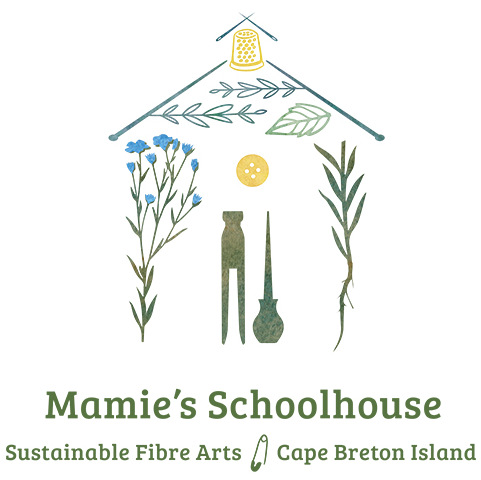Down The Rabbit Hole ... Part 1
I have always been interested in history and have been fascinated by how our ancestors discovered ways to achieve the colours and textiles that we take for granted in the modern age. The opportunity to get involved with this project was too good to miss!
I chose two recipes to try and recreate which would enable me to experiment with growing some of the plants needed. In this post, I describe some of my early work with one of the methods (#118) from the Stockholm Papyrus.
118. To Produce a Gold Colour by Cold Dyeing
Take safflower blossom and oxeye, crush them together and lay them in water. Put the wool in and sprinkle with water. Lift the wool out, expose it to the air, and use it.
The first obstacle I came to was what oxeye did they mean? We know them as Oxeye Daisy but on further research I came across Dyers Chamomile being called oxeye. I also found no evidence of either of these plants in Egypt in the period we were looking at, but as they would have been extensively growing in Europe they could have extended into Africa. This meant I had two possible sources of colour. I am lucky enough to live close to countryside where there are lots of patches of oxeye daisies growing and was able to forage enough, whilst the plants I had bought for the garden grew. The first experiment I conducted was to see if I could get the oxeye daisies to produce colour. I was able to grow a number of plants in the garden and collected and dried the flowers throughout the summer. Once I had sufficient, I made a dye bath and using the same weight of fibre to flowers ratio dyed some mordanted wool.
Now that I knew it could produce a muted yellow, I needed to try the recipe using both possible dye plants.
I also had to wait for the chamomile to grow and flower, then dry the heads until I had enough to use. I had also planted safflower seeds knowing that I’d need a large amount for both experiments. They obliged and germinated well. I watched the small shoots grow bigger until one soggy English spring morning I went down the garden to inspect the delicate shoots only to find the slugs and snails had had a banquet in the night! The joys of a British gardener! Luckily Safflower is relatively easy to find on the internet.
I followed the recipe as closely as possible, using rainwater, which when tested, was pH neutral.
Dye Samples
Although the recipe stated a cold dye, I decided that it would no doubt be much warmer in the region than here in the Midlands, UK and chose to complete a warm dye bath experiment too. This yielded a stronger colour as expected. There are no times given in the original recipes so it is difficult to know how long the process would have taken to a achieve the ‘Gold’ that is mentioned. I will repeat these, but leave them in the cold dye baths for longer that the 24 hours, and hopefully there will be even more intense colour as the recipe promised.
It was great to see the samples showed a good amount of colour and interesting to see how they took differently on the fibres. There is a definite pink tone to the cellulose, while the protein takes up the yellow better.
The lightfast test will be concluded later this month, fingers crossed there will be little change. I can see how this would have been an easy process for the dyers of the time, if only they had left us a bit more information. However, I imagine they never expected all these years on that people would be trying to follow in their footsteps!
Now on to the next recipe......








